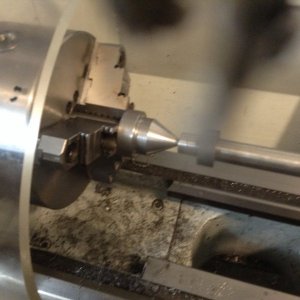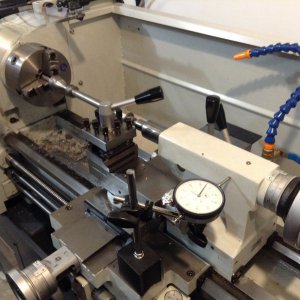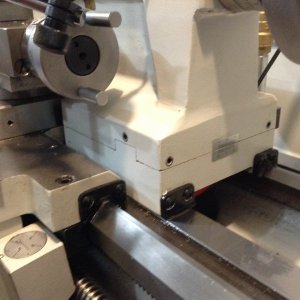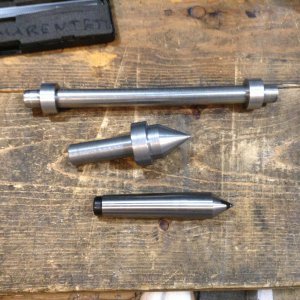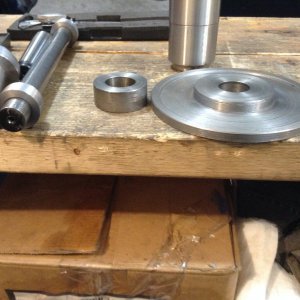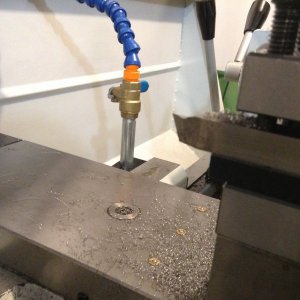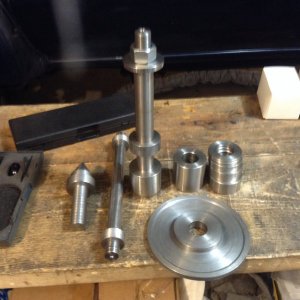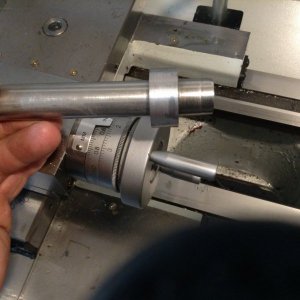- Joined
- Sep 5, 2013
- Messages
- 3,207
I think it was Duncan Phyfe who, on the subject of good design, said something to effect of ".. It's not what you can put on, but what you can leave off..." Your call though.
I think you've done well for your first foray into lathe work! The finish on your bore looks pretty nice as does the outside of the neck. Truly flat bottoms on the bores are not the easiest to achieve and may very well be limited by your tool choice right now. Given any thought to if and how you might finish turn the outsides? A very slight, read five degrees maybe, angle to the top might look interesting as would some very slight chamfers.
Good job so far though, I'll bet you learned a bunch already in just this little thing!
-frank
I think you've done well for your first foray into lathe work! The finish on your bore looks pretty nice as does the outside of the neck. Truly flat bottoms on the bores are not the easiest to achieve and may very well be limited by your tool choice right now. Given any thought to if and how you might finish turn the outsides? A very slight, read five degrees maybe, angle to the top might look interesting as would some very slight chamfers.
Good job so far though, I'll bet you learned a bunch already in just this little thing!
-frank


